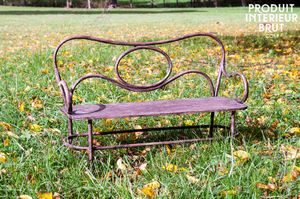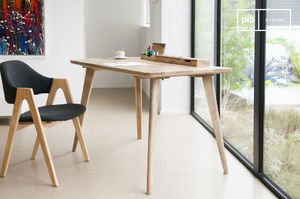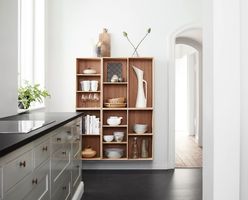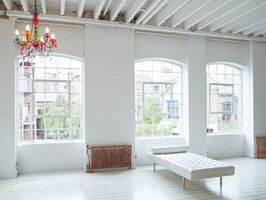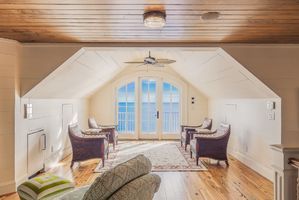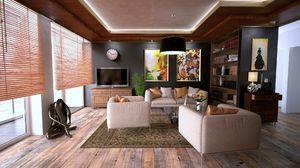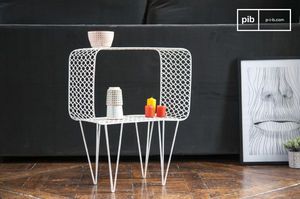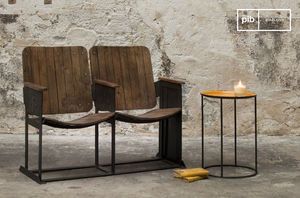Whether natural or synthetic, there is a wealth of materials used to make vintage design pieces, that have evolved along with scientific progress.
Vintage design materials
At the beginning of the 20th Century, designers and manufacturers were systematically hunting down new materials or revolutionary techniques in terms of furniture creation. The furniture of this period was characterised by this technical progress and it now makes up the body of our vintage design pieces. This technical prowess started at the end of the 19th Century with metal and more particularly steel tubing and aluminium, which was originally destined for the armament, automobile and aerospace industries. Furniture manufacturers seized on these material and imagined a stunning new range of furniture such as metal chairs and tables, now a highly-reputed component of vintage design. Plastic was natural until 1907, which is when Bakelite, the first entirely synthetic material came on the scene. Bakelite was to be used to created numerous everyday decorative objects, or clothing accessories at low cost, and these became sought-after vintage design items. A few years later, in the 1930s, new materials such as PVC, nylon, Plexiglas, and polystyrene were used to create extremely resistant storage furniture for the bedroom or kitchen, as well as armchair and bed frames. Certain post-war designers in France, which were to make a major contribution to vintage design, drew on all the possibilities offered by these modern materials.

Joy neon sign
Vintage design and modernity
All these changes enabled designers to rethink a whole many criteria regarding their approach to furniture design. Wood now had derivatives such as chipboard, plywood and veneers. Vintage design is also constituted of steel, which was now cold drawn, curved and made lightweight thanks to steel sheets. The search for modernity continued. In the middle of the 20th Century, manufacturers developed fibre glass that was used to strengthen furniture made of polyester, enabling it to bear heavier loads, and created greater leeway for moulding. Leading designers such as the Eames brothers or Eero Saarinen were the precursors of the modern manufacturing techniques and their works created an upheaval in furnishing habits. These new 20th Century materials led to an artistic explosion and resulted in the emergence of the vintage design we all know and appreciate today.
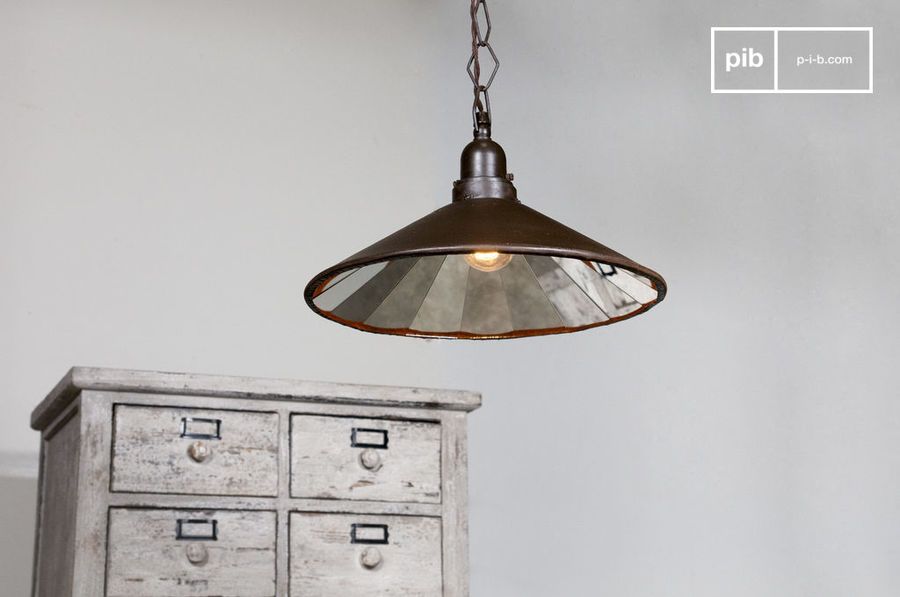
Multi-facetted pendant light

